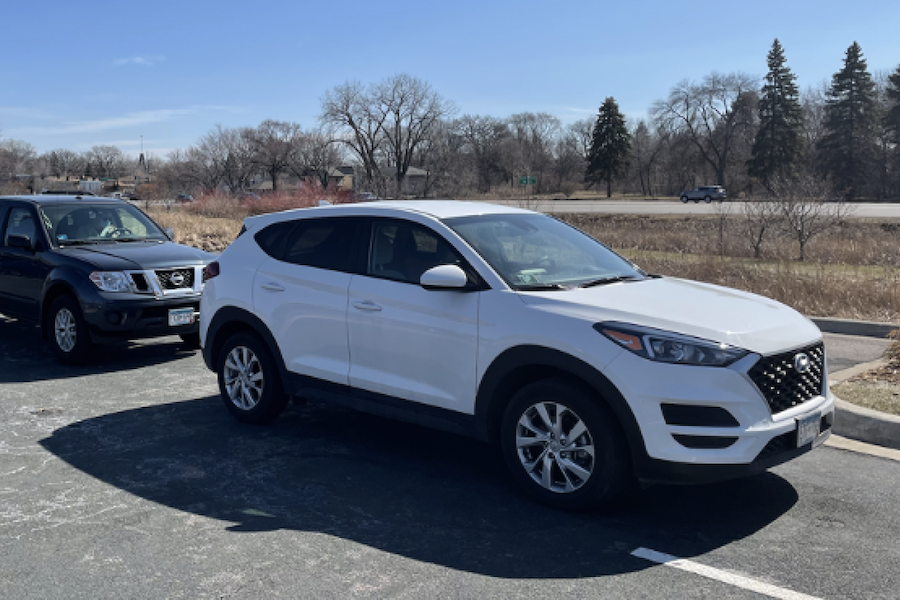Connecting smart vehicles with traffic signals could reduce fuel use

Researchers say implementing CV systems could result in thousands of gallons of fuel saved
Green means go and yellow means go faster—so goes a wry take on driver behavior at traffic signals. But it’s not just travel time that increases when you brake for a red: Fuel consumption does, too. Could transmitting signal data to connected vehicles (CVs) reduce stop-and-go cycles and fuel use? University of Minnesota Twin Cities researchers say yes.
“Our research found that sending signal phasing and timing messages to connected vehicles would be a feasible way—both technologically and economically—to decrease fuel consumption,” said Michael Levin, an assistant professor in the Department of Civil, Environmental, and Geo- Engineering.
The study leveraged the MnDOT Connected Corridor Project, which deployed technology for vehicle-to-infrastructure communication in 2020 along Minnesota TH 55 between downtown Minneapolis and Interstate 494. The technology captures signal phasing and timing (SPaT) data and broadcasts it to CVs instrumented with dedicated short-range communications (DSRC) receivers.
Using data from real CV road tests, the researchers were able to simulate different scenarios and predict the fuel savings that would result from transmitting signal data to the vehicles. They found that the more CVs were used, the higher the fuel savings.
“Over the long term, these systems could provide worthwhile benefits for all road users—thousands of gallons of fuel would be saved not just by connected vehicles but also by the traditional vehicles following them,” Levin said.
Read the full story on the Center for Transportation Studies website.
